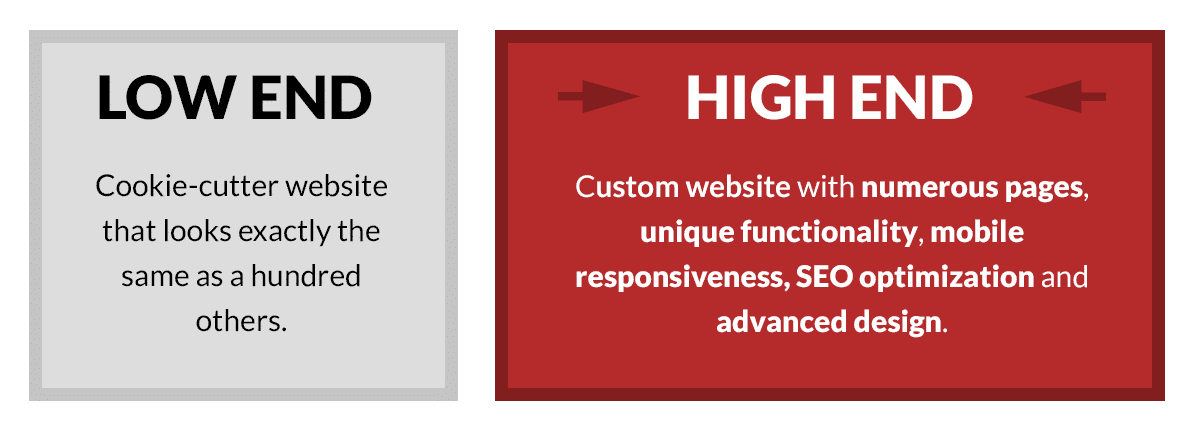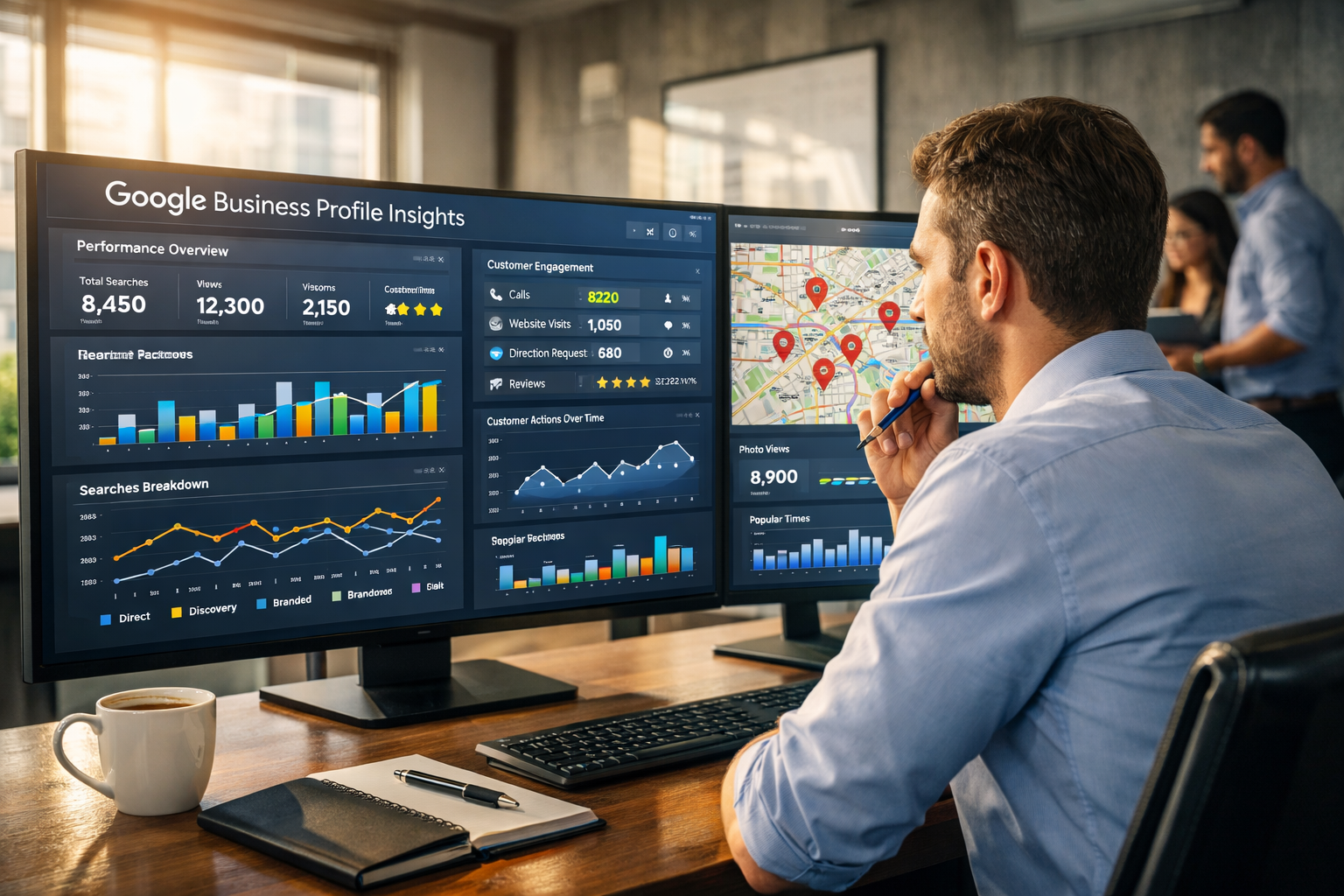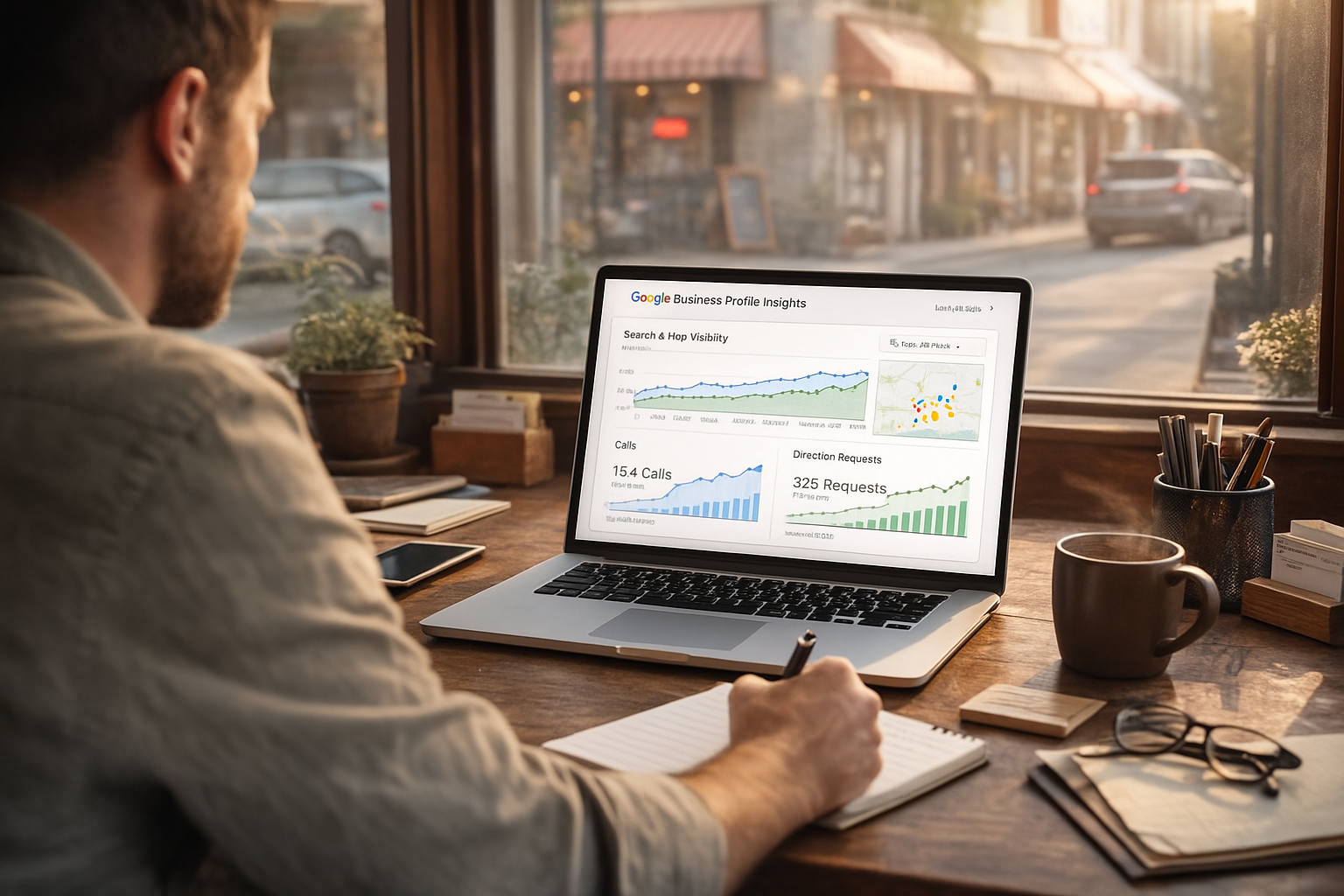How Much Does Local SEO Cost?
How much does local SEO cost? Local SEO pricing can range from $75 to $5,000 a month, according to our own observations of our industry. A study of SEO pricing by Moz found the majority of agencies charge a monthly retainer between $1,501 and $5,000.

That’s a huge range, whether you’re going off of our observations or Moz’s! As with most things, you get what you pay for. That $75 agency is likely using black-hat techniques to get results, which could get you banned from Google in the long run. (Ironically, this would end up costing you a lot more than $75.)
Meanwhile, companies offering legitimate SEO techniques could be charging different prices for many reasons:
- Some types of SEO services cost more than others to complete.
- You could be paying for a different quantity of services.
- Experienced agencies tend to charge more than new agencies.
Still, you’re probably wondering where your money actually goes. Why can SEO cost so much (or so little)?
In this blog post, we break down the services typically included in a monthly retainer fee. This should help you understand a little more about what goes into local SEO pricing.
Local SEO Pricing: What Are You Paying For?
New Website ($500 – $10,000 one-time fee)
Many small businesses receive SEO services from the same companies that develop their websites. (We ourselves offer web development in addition to SEO.) So while a new website isn’t an “SEO service” per say, it’s often the first step for businesses looking to improve online presence.
- Low end: You get a cookie-cutter website that looks exactly the same as a hundred others.
- High end: You get a custom website with numerous pages, unique functionality, mobile-responsiveness, SEO optimization and advanced design.
Most of our clients wind up somewhere in the middle, with pricing based on the complexity of the project. If you’re a small business being quoted more than $10,000 for a new website, you might want to shop around.

On-Site, On-Page SEO ($100 – $5,000 one-time fee)
This includes optimizing your website’s title tags and meta descriptions, creating SEO-friendly URLs, fixing dead links, tweaking content, improving site speed, simplifying code, adding social sharing buttons and other changes.
If all of that sounds like gibberish to you, just know this: all of these changes make your website more likely to rank high in search engine results.
- Low end: The agency might rewrite your title tags, fill in your meta descriptions or optimize key landing pages.
- High end: Total website overhaul. The agency might add content, edit existing content or optimize pages to rank for keywords. The structure of your website may change, product pages may be reorganized, or any of the tasks named above may be completed. On the other hand, you might receive a more basic level of service with a higher price tag simply because your website is large.
Note: On-site, on-page SEO is usually completed as a single project rather than an ongoing service.
Backlinks & Local Citations ($100 – $2,500 monthly)
“Backlinks” are when another website links to yours. As this 2016 study on factors affecting local SEO found, backlinks are really important. Search engines tend to see websites with backlinks as trustworthy and authoritative. The more backlinks you have, the more likely you are to rank high. (That’s assuming those backlinks are high in quality.)
Local citations are one kind of backlink; they’re listings of your business’ name, address and phone number in directories like Yelp and Angie’s List. For better SEO, you want your business listed consistently across many relevant directories.
- Low end: Even the low end can offer you some value. Most likely, the agency will use an automated service like Yext to get you listed consistently in dozens of online directories. This is a very good thing, helping your business appear active and relevant to search engines. Not only that, it will help potential customers find you no matter which online directory they happen to use.
- High end: The agency will launch a full-blown campaign to build high-quality links. That means guest blogging on other websites, writing articles for relevant publications and news sources, reaching out to connections to acquire links from their websites and writing high-quality content people will want to share. This sort of link-building campaign has a lot in common with public relations—and it comes with a similar price tag. That being said, these campaigns are very effective at improving rankings, especially for competitive keywords.
Blog Management ($50 – $2,500 monthly)
If it seems like every business has a blog these days, it’s for good reason. A regular blog signals to Google that you’re active, relevant and worth ranking high. It’s also a great way to share about your services in greater detail, provide company updates or promote new products and specials. Many businesses use their blogs to incorporate SEO keywords as well, leading to greater traffic from search.
- Low end: You’ll probably get cookie-cutter blog posts that have already appeared on other websites. On the other hand, you might get original content that’s just low quality.
- High end: You should receive a complete content strategy designed just for your company. Each blog post will be well written, helpful, engaging and optimized for SEO keywords. If so, your blog posts should rank well in search results and bring you traffic, and/or win backlinks from other websites. Either way, your SEO will improve as your new content helps your website build authority.
Review Management ($25 – $250 monthly)
Reviews are the #1 factor affecting your ranking in Google Maps, according to the study we mentioned earlier. In other words, reviews are extremely important for local SEO. Not only that, people looking you up online are definitely reading your reviews! For all of these reasons, any local SEO strategy should include some element of review management.
- Low end: For a low price, an agency can set up a system to help you generate reviews. This might be a program that automatically requests feedback from your customers and points them toward review sites like Yelp, Angie’s List and Google. Make sure whatever program your agency uses encourages positive reviews, however. For example, some automated programs will send negative reviews to your inbox, rather than to online to popular review sites. This gives you the opportunity to address a bad experience privately, instead of online for everyone to see.
- High end: You get an active campaign for generating reviews. This could involve outreach to your customers via email marketing, social media and in your physical location. The high end of the spectrum might also include account managers actively responding to your reviews in real time, ensuring positive reviews are thanked and negative ones addressed. Furthermore, the agency might organize giveaways and other freebies regularly to encourage reviews.
Social Media Management ($100 – $1000 monthly)
Social media empowers you to connect with customers directly, and for that reason alone it’s a valuable part of your local campaign. Of course, there’s so much you can do with social media these days that the budget can be sky high, even for small businesses.
- Low end: At the cheapest end of the spectrum, the agency will curate content for your social media profiles and stop there. In other words, they’ll populate your profiles with articles regularly, but they probably won’t be writing any unique content, and there’s a good chance your stream is identical to other clients’. Furthermore, a cheaper plan probably won’t incorporate boosting or ads at all; you’re getting just the bare bones. Without unique content or an advertising budget, you shouldn’t expect your profiles to go viral, but this sort of campaign will help your business appear active if any potential customers find you on Facebook.
- High end: If you pay top dollar for social media management, your campaign will look much different. Each post will be unique and tailored to your brand, possibly planned and written far in advance of publication. Part of your budget will go toward boosting posts and advertising, allowing your posts to reach a far greater audience than they would organically. From the ad budget to the writers to account managers responding in real-time to your followers, a high-end social media management could can easily devour a giant budget.
Google My Business Profile Google Maps Listing (should be included with setup fee)
We’d be remiss if we didn’t mention Google My Business and Google Maps in an article about local SEO. Both are essential, and setup should be part of your initial services with any agency. Ensure the agency verifies your Google My Business profile, and that your hours, location and services are listed accurately.
Conclusion
At this point, you’re probably wondering how much we charge for all of these services! We will say that we pride ourselves on being affordable for small businesses, without resorting to black-hat SEO for our results. If you’d like to know more about how we can help your business, here’s how to reach out !
Did you find this post helpful? Let us know!
The post How Much Does Local SEO Cost? appeared first on GetPhound.












